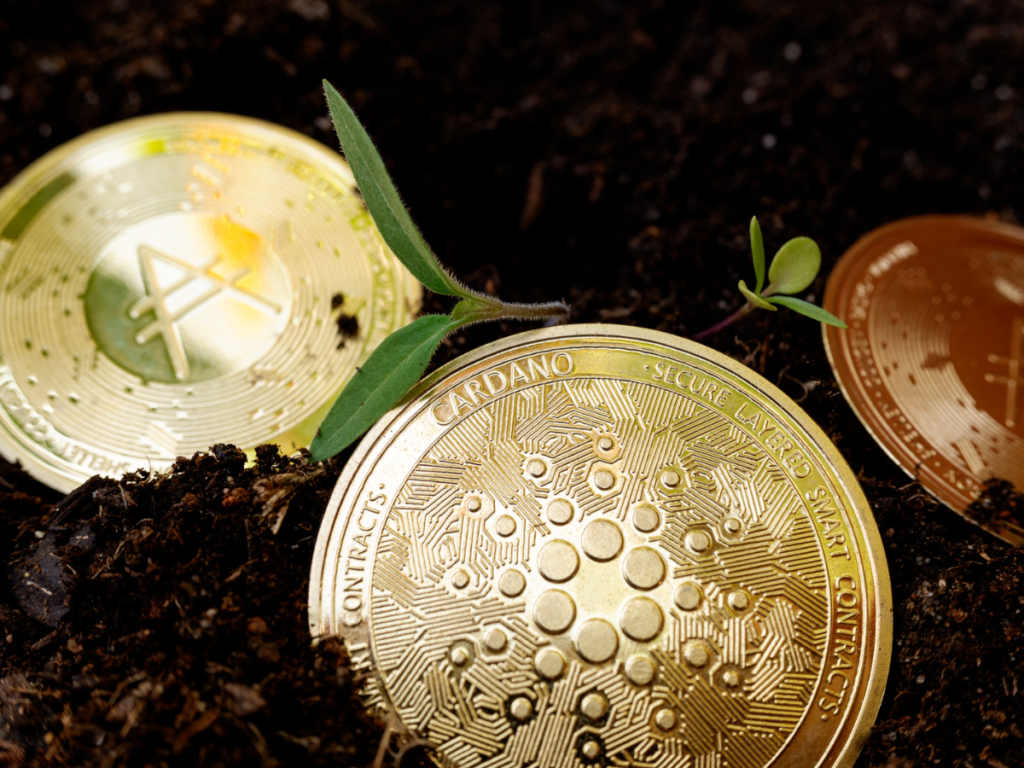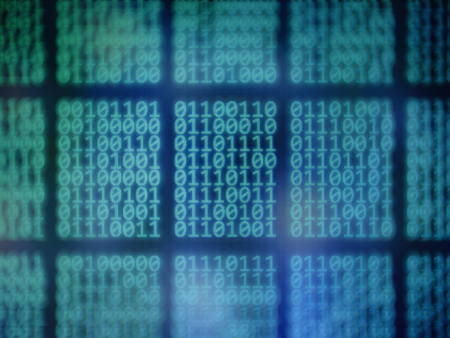Learn how its native token, $ADA, settles transactions and protects the network as part of the Ouroboros consensus mechanism. Cardano’s scalability and environmental efficiency will change blockchain.
Cardano is an L1 Proof-of-Stake blockchain that was established in 2015 by Charles Hoskinson, a former co-founder of Ethereum, and is intended to be scalable and environmentally friendly. The native coin of the network, $ADA, is used to settle transactions and protect the network, and as a result, it is an important component of the Ouroboros consensus algorithm utilized by the network.
Cardano: functions and features
The original concept behind the creation of Cardano was to create a so-called “third-generation” blockchain that would offer developers an open-source, highly scalable smart contract platform.
The design of Cardano’s native consensus mechanism, Ouroboros, aims to maximize the randomness of the selection of the block leader, or the validator nodes responsible for proposing new blocks on the blockchain. This characteristic is one that sets Cardano apart from other PoS blockchains.
By making the selection of the block leader more random, the blockchain is able to prevent the development of trends that would undermine the network’s security and make exploits and DDoS attacks more likely.
Ouroboros Praos, the third iteration of the network consensus mechanism, enhances the network’s security and scalability. It is the current version of the Ouroboros algorithm.
The network’s anonymity will be further enhanced by the implementation of zero-knowledge technology in Ouroboros Crypsinous, one of the notable upcoming improvements.
The Cardano Settlement Layer (CSL) and the Cardano Computing Layer (CCL) are the two components of the Cardano blockchain.
Transactions are verified via the network’s consensus process in the first layer, and smart contracts are used in the second layer to carry out the network-using apps‘ operations.
Cardano’s superior latency is yet another benefit. Thanks to this, the blockchain can quickly distribute information about block validity throughout the network, reaching 95% of users in just 5 seconds.
The roadmap for Cardano’s evolution is separated into “eras,” each of which is named after figures from literature and science.
The current phase, known as Basho, concentrates on the network’s scalability capacities in order to get ready for Voltaire, the network’s last stage, which will have governance and treasury management procedures.
The dApps and DeFi of the Cardano ecosystem
The network gained the capacity to support smart contracts on September 12, 2021, opening the door for the creation of decentralized applications (dApps) on the blockchain.
The TVL (Total Value Locked) locked on the chain is currently $155 million.
The top DEX Minswap and the stablecoin issuance protocol Indigo are the two dApps with the highest valuations.
We can observe that DeFi’s development on the blockchain is still in infancy when compared to the capitalization of the $ADA token, which stands at $14B.
The ADA/WBNB pair on PancakeSwap V2 is one of the Cardano pools with the highest liquidity, with a liquidity value of about $4M.
In the end
Although it turns out to be one of the most market-capitalized crypto projects, we learned that the network is still undergoing significant development and that the dApps that are already available on the blockchain are still in their infancy.
The protocol still has room for advancement and uptake in the event that the network experiences future technical developments, such as the introduction of zero knowledge technology.
Finally Cardano is now ranked 7th among the most well-funded cryptocurrency projects. Will it be able to grow its user base and number of dApps and stay there, or will next-generation blockchains surpass it?












